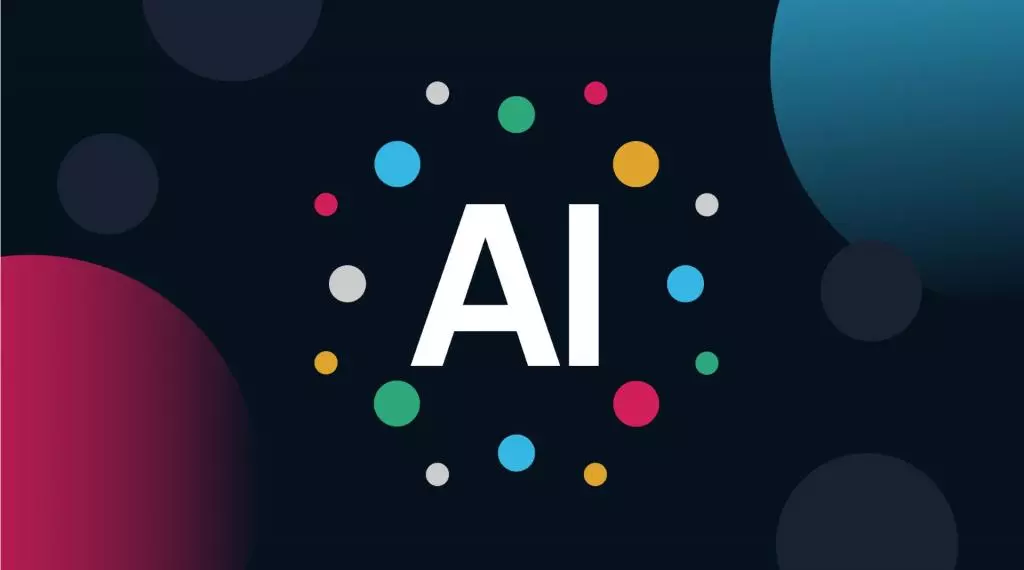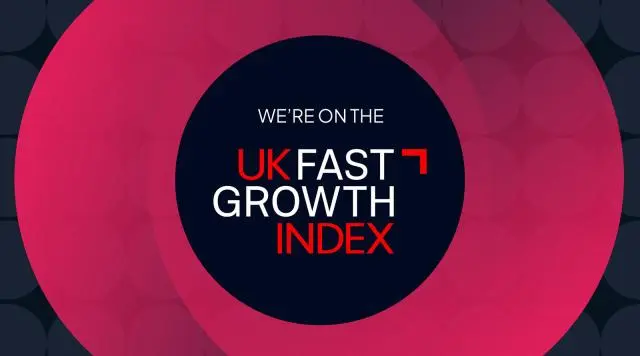Bridging the Data Gap: How to Unleash AI's True Power
Sun, April 21, 2024- by Paul Saxton
- 4.5 minute read

AI is regularly portrayed as a “game-changer” for businesses. One that could add an extra zero to the bottom line or, in the case of a PwC report, contribute up to $15.7 trillion to the global economy in 2030.
But where are all the AI business applications that go beyond generative AI to solve real business problems?
Despite AI's enormous promise, something is holding businesses back from developing the kind of specific, contextual, and powerful AI tools that can unlock value in the way we expect.
That something is data.
In this article, I explore why data is holding back business-focused AI applications and show how solving the data problem can democratise AI access for businesses everywhere.
Businesses shouldn’t stop at Generative AI tools
I want to see businesses take advantage of AI as much as possible. But, at the moment, I’d suggest that generative AI tools like ChatGPT are the only common AI business use cases.
Whether you use them as a personal assistant, to create sales emails or as a customer-facing chatbot, these tools are great at understanding questions and responding based on their macro-level knowledge.
But they don’t really create actionable insights, and they certainly don’t have the capacity to solve complex business requirements.
There are other problems, too. As Emergence Capital’s Gordon Ritter and Jake Saper say:
“Generative AI today isn’t genuine; it isn’t consistently accurate, it isn’t outcome-tied, and it isn’t context-specific. While those limitations aren’t likely to be blockers for B2C, B2B applications have a higher hurdle to clear.”
Unfortunately, when we do see examples of business-facing non-generative AI tools, they aren’t all that impactful.
For example, I was recently made aware of an AI project meant to analyse customer churn potential and prioritise contact with customers. In reality, the customer service team just called everyone on the list because they had time to. The key takeaway? AI offered little real value.
This isn’t just anecdotal evidence, either. According to Nash Squared's annual Digital Leadership (the world’s longest-running annual survey of technology leaders), only one in ten technology chiefs oversee large-scale AI implementations. What’s more, those leaders are the same ones investing in AI five years ago.
How can we unleash AI’s true power?
Why are technology chiefs so hesitant to invest in AI projects? Why don’t we see more standardised, contextual B2B AI implementations?
The answer is data.
No, a lack of it, mind you. There’s plenty of data available.
The problem is the sheer amount of work it takes to get any dataset ready for an AI algorithm.
AI and machine learning algorithms need accurate and clean data to produce results. Of course, you can build an AI tool on top of any data set. But if you have a garbage data set that isn’t mastered properly, then you’re going to get garbage results.
Before you can get started building your AI tool, you need to centralise and transform your data — and that can take a long, long time.
Research by Cognilytica found that over 80% of the time spent building AI projects is spent wrangling data.
This work entails more than just collecting and cleansing data. The steps you need to take to get your data into the right shape for AI may include:
- Centralising data
- Removing duplicate data sets
- Standardising the format
- Updating out-of-date information
- Data sampling
This amount of time and effort needed to get data in order is enough to dissuade even multinational organisations from investing in artificial intelligence projects. As IBM’s senior vice president of cloud and cognitive software Arvind Krishna explains, businesses simply run out of patience. They don’t see any benefit immediately and they bail.
What chance do small and medium-sized businesses have if these huge, multinational companies aren’t committing to AI projects?
Not much, I’d warrant.
The truth is thousands of small businesses have access to huge swathes of data perfect for AI, and many have the capabilities to program an AI tool. But very few can afford to spend the time and energy needed to get their data in the right shape.
Solve AI’s data problem, and you democratise access to AI
If we want to open up AI projects to businesses of all sizes and start realising the potential of AI as prophesied by PwC and the like, then solving this data problem is paramount.
I’m not alone in thinking this.
This was also the finding of a survey of 2,500 executives by Infosys Knowledge Institute, which estimates companies could generate over $460 billion in incremental profit if they develop a consistent data management strategy consisting of centralisation, verification and proper infrastructure.##
Give businesses a way to quickly, cheaply and efficiently prepare their data for AI, and they can spend more resources on building the tools.
Ultimately, standardising the data aspect of AI will open up non-standard applications — the kind that help real businesses solve real challenges.
Take a process manufacturer, for example, who wants to use AI to determine why their process fails.
They have data from IoT devices in their machines and have swathes of operational data. If you can ingest and standardise all that data, it’s actually not that difficult to run an AI algorithm on top that would tell them why the process fails.
That’s the kind of use case generative AI will never be able to solve.
That’s what 5Y wants to achieve
At 5Y, we’re committed to democratising AI in this way.
Our Unified Data Platform provides a fast and cost-efficient way for businesses to centralise and standardise their data — significantly reducing the time they need to spend on data as part of a wider AI project.
By using Microsoft Layers components, common data structures and pre-built frameworks, we accelerate data transformation programs and create a single authoritative version of your organisation’s data. Whether you use that for analytics, application integration or an AI project is up to you.
Either way, your business will be in a much better position to solve real business challenges now and in the future.

 Saudi Arabia
Saudi Arabia




